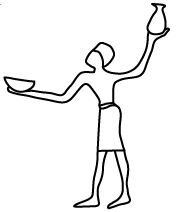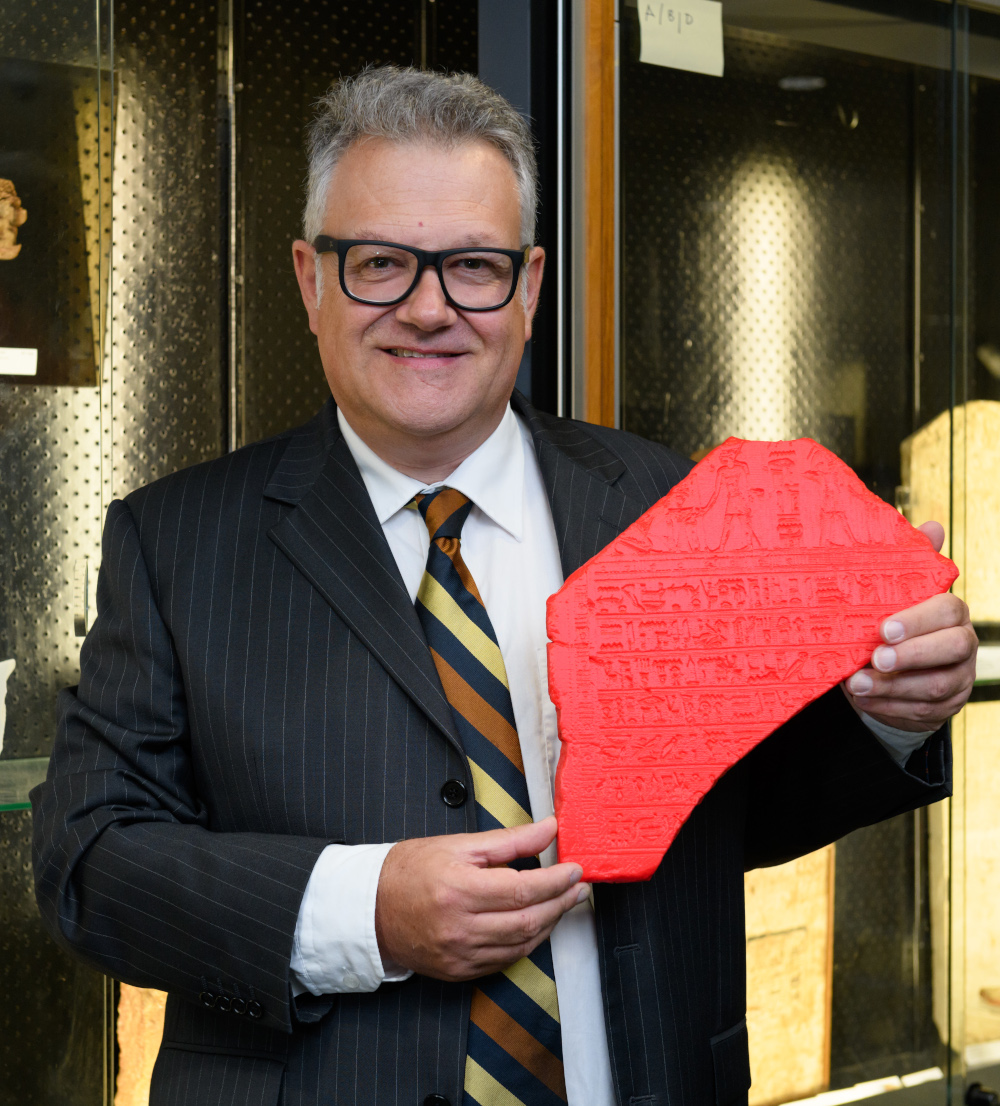Announcements
Studies in Egyptian Archaeology and Science (SEAS)

Welcome from the Editor-in-Chief
 In broad strokes, the story of the development of ancient Egypt as one of the world’s first civilisations emerging has often been told. First, by the ancient Egyptian themselves, later by Greek historians such as Herodotus who, like us, observed ancient Egyptian culture from a distance. Two hundred years after the first successful decipherment of ancient Egyptian hieroglyphs by Jean-François Champollion in 1822, and one hundred years after the discovery of the tomb of Tutankhamun by Howard Carter in 1922, the study on ancient Egypt has become more varied, detailed and informed by multidisciplinary approaches than ever. Theories, methods and archaeological practice have constantly been refined over the past 40 years. With the dramatic change experienced in the wake of cognitive-processional archaeology which still stresses the role of generalisation within theoretical thinking but also emphasises the importance of formulating hypotheses tested against data, archaeology accepted that material culture is an active factor in constituting the world then and now. As individuals and societies construct their own social realities, facts are interpreted within theory for them to be able to explain a specific historical event, a series or class of events, or even a more general process. This is where this journal hopes to become a tool sharp enough to impact on current and future trends, methods and practice.
In broad strokes, the story of the development of ancient Egypt as one of the world’s first civilisations emerging has often been told. First, by the ancient Egyptian themselves, later by Greek historians such as Herodotus who, like us, observed ancient Egyptian culture from a distance. Two hundred years after the first successful decipherment of ancient Egyptian hieroglyphs by Jean-François Champollion in 1822, and one hundred years after the discovery of the tomb of Tutankhamun by Howard Carter in 1922, the study on ancient Egypt has become more varied, detailed and informed by multidisciplinary approaches than ever. Theories, methods and archaeological practice have constantly been refined over the past 40 years. With the dramatic change experienced in the wake of cognitive-processional archaeology which still stresses the role of generalisation within theoretical thinking but also emphasises the importance of formulating hypotheses tested against data, archaeology accepted that material culture is an active factor in constituting the world then and now. As individuals and societies construct their own social realities, facts are interpreted within theory for them to be able to explain a specific historical event, a series or class of events, or even a more general process. This is where this journal hopes to become a tool sharp enough to impact on current and future trends, methods and practice.
Where other open-access journals in related fields either mainly focus on Egyptological research based on archaeological discoveries or present scientific analysis of material data with minimal effort in contextualising discoveries within their historical context(s), SEAS bridges the gap between these two approaches, aiming at the reconciliation of material data as analysed by current scientific research on one hand and Egyptological studies on the other. Rather than addressing what has increasingly become a dichotomy or even a divide between historical archaeology and scientific analysis where one method prevails over another, SEAS hopes to find its audience among those who like to join us on the exciting journey that is not based on exclusivity or privileged views but unites what modern Egyptian archaeology and scientific analysis have to offer today based on robust and cutting-edge research.
Martin Bommas
